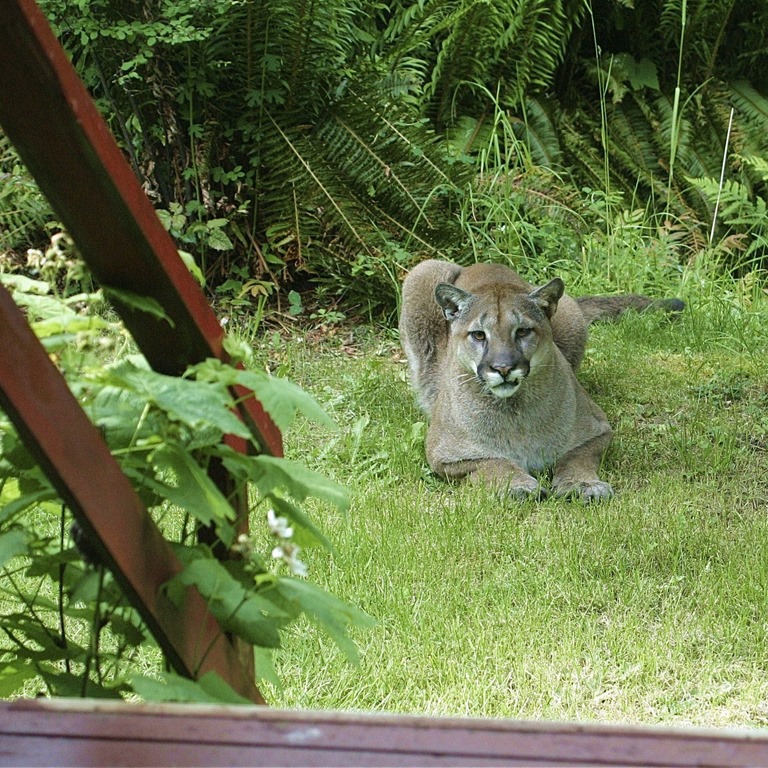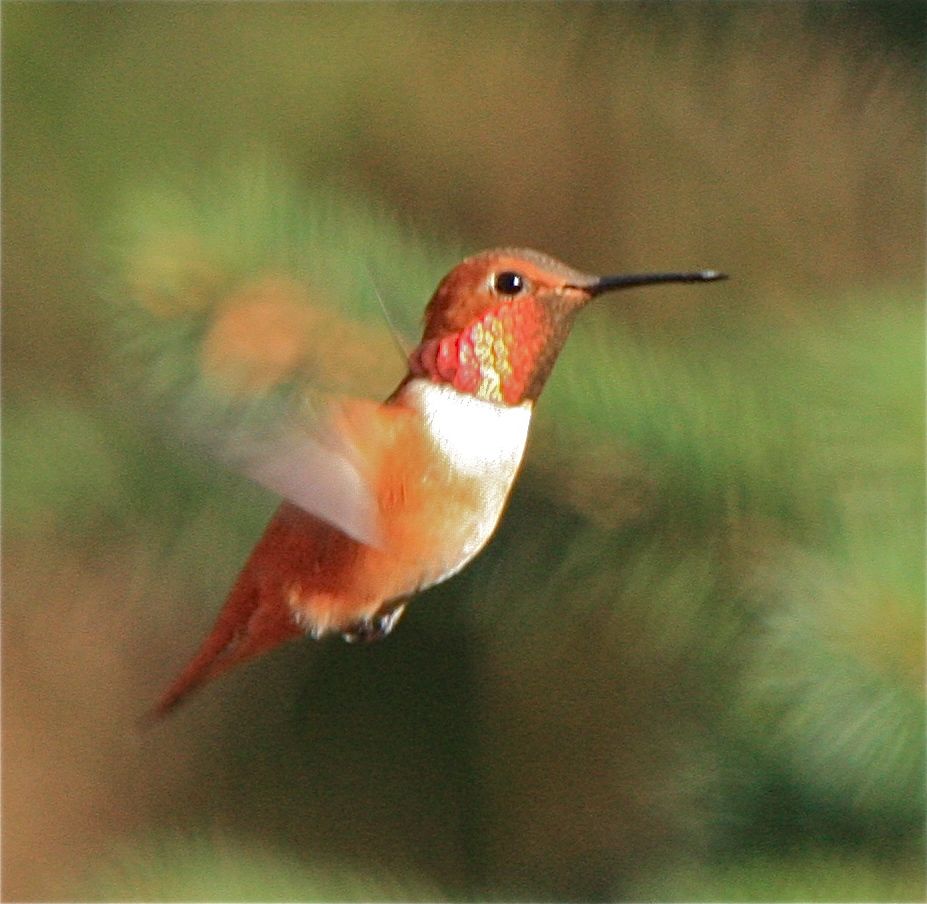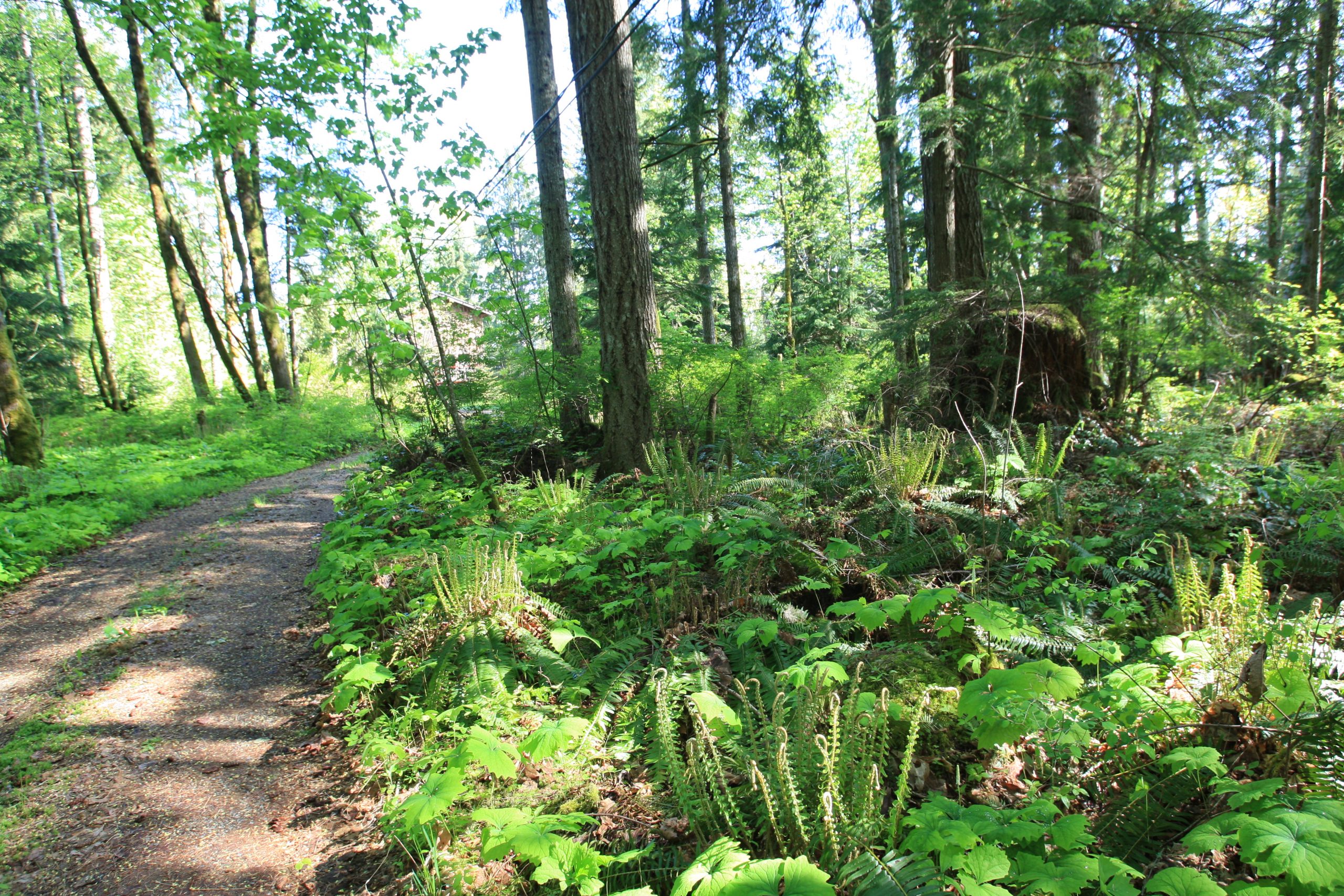Quotes:
“Our society has to change from having a disruptive influence on the Earth to one of having a benign presence. That is our great work,” Father Brandt says. “We have to fall in love with the natural world. We only save something if we love it, and we only love it if we think it is sacred.”
“I do not think of the road as leading anywhere. It is the road to nowhere, the path on which I have been journeying for a lifetime … and although this is a path of nowhere, in reality it is the path to everywhere.”
The Globe and Mail
NATIONAL
Vancouver Island’s hermit priest sharing entwined sacredness of nature
PUBLISHED DECEMBER 22, 2015
Hermit priest Rev. Charles Brandt doesn’t send out typical Christmas blessings from his small hermitage on Vancouver Island.
A picture will do.
Throughout the year, the liturgical seasons pass without Father Brandt reminding his followers of the sacredness of the dates. Instead of delivering prayers by rote, to those on his e-mail list he sends photographs of nature taken near his hermitage just outside the small community of Black Creek, B.C.
The photos arrive without much comment.
“Last leaf, hermitage,” is a typical, short message. Or, “Coast Mountains from Oyster Bay.”
One of his Christmas shots is of a tiny bird resting on a green bough with an alert and somehow expectant expression. “Golden-crowned sparrow, non-breeding,” is Father Brandt’s comment.
His minimalism is remarkable. A shot of a mountain lion taken from close up, is simply labelled “cougar.”

It turns out the cougar followed Father Brandt through the woods, a presence he felt but didn’t see until he reached the safety of his small, rustic cabin in the forest. He slid the glass door on his porch shut and took a picture of the mountain lion as it crouched at the bottom of the steps, watching him. While some theologians might have used such an incident to illustrate God’s divine protection, Father Brandt didn’t see the need.
He says that when you contemplate nature, you commune with God, and gazing at his shots of delicate wildflowers blooming, or his high-definition images of birds on the wing, it is impossible not to be reminded of how beautiful all things are, great and small.
Father Brandt, who turns 93 in February, became an Anglican priest in England in 1950. He later moved to the United States, where he converted to Catholicism in 1956, entering the New Melleray Abbey in Iowa as a monk. He then moved to Vancouver Island in 1965.
Father Brandt was ordained in 1966 by Remi De Roo, then Bishop of Victoria, with the mandate to live as a hermit priest. At the time, it was the first such ordination by the church in more than two centuries and it was made because Father Brandt fashioned a compelling case for reviving a tradition of contemplation that had slipped into disuse.
Father Brandt describes being a hermit priest as “a life of prayer, of meditation, of simple contemplation,” spent in search of a deeper connection with God through solitude.
“It’s actually trying to experience the ultimate reality, not just to think about it abstractly, or to read about it,” he said.
Operating out of the hermitage he built on a 15-hectare grove of old-growth forest situated on the banks of the Oyster River, Father Brandt lives alone, but not in isolation. Until he developed peripheral neuropathy recently, a nerve condition that causes numbness in his feet and hands, he regularly came out of his hermitage to help relieve local pastors. In the 1970s and 80s, he was engaged in environmental campaigns to protect the Oyster and Tsolum Rivers.
Twice a month, he plays host to meditations in his small cabin where he talks about inner peace and leads contemplative walks through the woods.
“The logging road along with other trails through the forest is where I practise walking meditation,” he says. “I do not think of the road as leading anywhere. It is the road to nowhere, the path on which I have been journeying for a lifetime … and although this is a path of nowhere, in reality it is the path to everywhere.”
As a monk in the U.S. abbey, he learned how to bind rare books and became so skilled that he has travelled widely to consult and restore ancient texts. That’s how he makes a financial living.
But for most of his life, he has lived quietly at the hermitage, praying and meditating. It has led him to the central spiritual belief that the future of humanity depends on our ability to recognize the sacredness of nature. It is a message that was reinforced recently when Pope Francis released the encyclical letter, Laudato Si – On Care For Our Common Home, appealing for a global movement to fight climate change and protect the environment.
Father Brandt reached the same conclusion years ago, but he’s glad to now have the Pope underscoring the importance of the message.
“Our society has to change from having a disruptive influence on the Earth to one of having a benign presence. That is our great work,” Father Brandt says. “We have to fall in love with the natural world. We only save something if we love it, and we only love it if we think it is sacred.”
That’s why he shares his photographs, to engender that love, and because in the eye of a hummingbird, in the graceful arch of a fern, he sees a sermon far better than any he could ever write.

